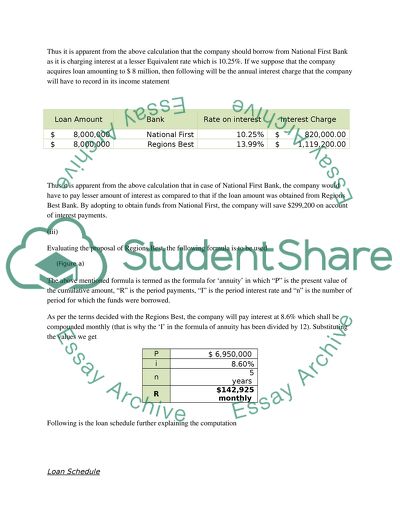Cite this document
(“Concepts Learned to a Real-life Simulation Experience Research Paper”, n.d.)
Concepts Learned to a Real-life Simulation Experience Research Paper. Retrieved from https://studentshare.org/finance-accounting/1454301-the-course-project-is-an-opportunity-for-you-to
Concepts Learned to a Real-life Simulation Experience Research Paper. Retrieved from https://studentshare.org/finance-accounting/1454301-the-course-project-is-an-opportunity-for-you-to
(Concepts Learned to a Real-Life Simulation Experience Research Paper)
Concepts Learned to a Real-Life Simulation Experience Research Paper. https://studentshare.org/finance-accounting/1454301-the-course-project-is-an-opportunity-for-you-to.
Concepts Learned to a Real-Life Simulation Experience Research Paper. https://studentshare.org/finance-accounting/1454301-the-course-project-is-an-opportunity-for-you-to.
“Concepts Learned to a Real-Life Simulation Experience Research Paper”, n.d. https://studentshare.org/finance-accounting/1454301-the-course-project-is-an-opportunity-for-you-to.


